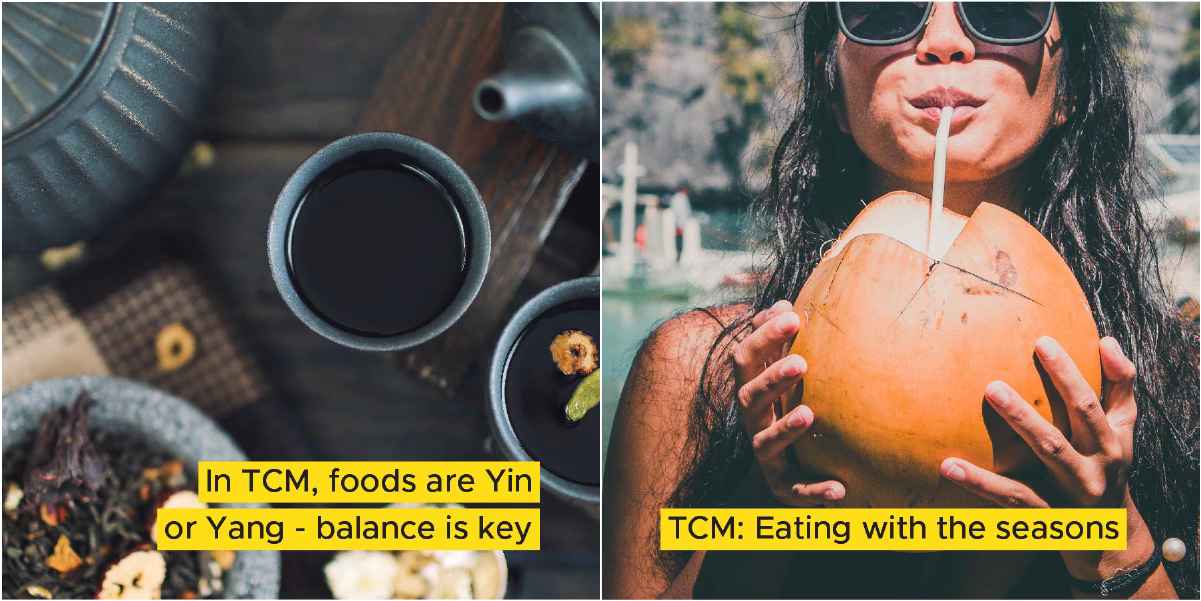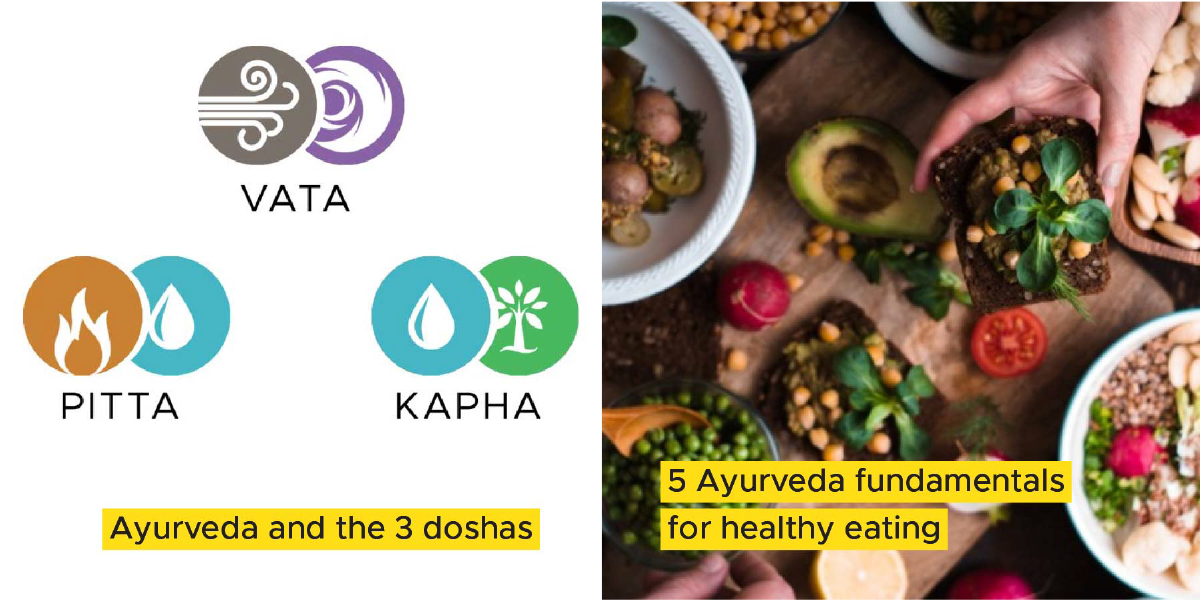Healing food systems known for centuries
Published: 26-Jun-2020 Category: Food Bulletin Newsletter

By Ashok Vasudevan
Healing food systems known for centuries
The Incas, Mayans, ancient Chinese, Indians, Mediterraneans had long ago figured out that “we are what we eat”, and correspondingly built up a staggering knowledge of plants, nutrition and their impact on our wellness. In many ways scientists today are still playing catch up as they point out goodness of chemicals & molecules in foods through “analysis”, “evidence-based science” and “observation”.
This newsletter is committed to providing you evidence-based tips that will uncover the magical pharmacy in our kitchens. We love meta studies and peer reviewed articles, but we also hear the voices of our elders speaking to us through the centuries, gently guiding us to be aware that we are what we eat.
Today, we explore 2 ancient but powerful systems, still being practiced, though a mere shadow of their former selves, Traditional Chinese Medicine (TCM) and Ayurveda. There is much to learn. Superfoods are different for different people. There’s logic to seasonal foods, occupation-based diets, stage of life foods, importance of color in foods, personality-based diets etc.

TCM: foods are Yin or Yang, but balance is key!
While western nutrition classifies food based on the macro and micronutrients, TCM classifies it by its Yin (cool/cold) or Yang (warm/hot) energy. The principle is that imbalances in Yin-Yang lead to ill health; eating to restore the imbalance keeps the body at optimal health. Yang foods invigorate and fuel, while Yin foods calm, purge excess toxins, dampness or dryness in the body.
Yin foods: tofu, watermelon, starfruit, watercress, cucumber, cabbage.
Yang foods: apricot, leek, cinnamon, nutmeg, ginger, egg, most animal protein.
TCM: eating with the seasons
It’s no accident that we crave something cooling in the summer. TCM advises linking food & seasonal effects.
Spring - a time of renewal; reduce dampness in the body with corn, white beans, onions. Summer; cool down with watermelon, cucumber. Autumn - the shortening of days and onset of cold; lubricate with snow peas and honey. Winter - for deep reflection and restoration; embrace the slower energy with warming root veggie stews and spices.

Ayurveda classifies people along energy types or ‘Doshas’.
The duality of Yin and Yang of TCM is matched by the trinity in Ayurveda- the 3 ‘doshas’ that define body type, health, personality:
Vata (space & air): energetic, intense, creative.
Pitta (fire & water): intelligent, joyful, driven.
Kapha (earth & water): calm, loving, lethargic
Ayurvedic practitioners can identify physical & health traits for each dosha & personalize dietary advice based on this deep understanding.
Ayurveda’s fundamental advice for healthy eating.
1. Include diverse foods in every meal (‘the six tastes’) to ensure balance.
2. Stop eating when satisfied, not full.
3. Eat freshly cooked foods for energy.
4. Focus on your food while eating, so you are truly nourished.
5. Make lunch the largest meal and keep dinner light.
And consult an Ayurvedic practitioner to identify what food works best for you.
We know our body reacts well to certain foods and is indifferent to others. Let’s be acutely aware of how we feel after every meal. This heightened awareness will make us eat better, feel better.
This newsletter is committed to providing you evidence-based tips that will uncover the magical pharmacy in our kitchens. We love meta studies and peer reviewed articles, but we also hear the voices of our elders speaking to us through the centuries, gently guiding us to be aware that we are what we eat.
Today, we explore 2 ancient but powerful systems, still being practiced, though a mere shadow of their former selves, Traditional Chinese Medicine (TCM) and Ayurveda. There is much to learn. Superfoods are different for different people. There’s logic to seasonal foods, occupation-based diets, stage of life foods, importance of color in foods, personality-based diets etc.

TCM: foods are Yin or Yang, but balance is key!
While western nutrition classifies food based on the macro and micronutrients, TCM classifies it by its Yin (cool/cold) or Yang (warm/hot) energy. The principle is that imbalances in Yin-Yang lead to ill health; eating to restore the imbalance keeps the body at optimal health. Yang foods invigorate and fuel, while Yin foods calm, purge excess toxins, dampness or dryness in the body.
Yin foods: tofu, watermelon, starfruit, watercress, cucumber, cabbage.
Yang foods: apricot, leek, cinnamon, nutmeg, ginger, egg, most animal protein.
TCM: eating with the seasons
It’s no accident that we crave something cooling in the summer. TCM advises linking food & seasonal effects.
Spring - a time of renewal; reduce dampness in the body with corn, white beans, onions. Summer; cool down with watermelon, cucumber. Autumn - the shortening of days and onset of cold; lubricate with snow peas and honey. Winter - for deep reflection and restoration; embrace the slower energy with warming root veggie stews and spices.

Ayurveda classifies people along energy types or ‘Doshas’.
The duality of Yin and Yang of TCM is matched by the trinity in Ayurveda- the 3 ‘doshas’ that define body type, health, personality:
Vata (space & air): energetic, intense, creative.
Pitta (fire & water): intelligent, joyful, driven.
Kapha (earth & water): calm, loving, lethargic
Ayurvedic practitioners can identify physical & health traits for each dosha & personalize dietary advice based on this deep understanding.
Ayurveda’s fundamental advice for healthy eating.
1. Include diverse foods in every meal (‘the six tastes’) to ensure balance.
2. Stop eating when satisfied, not full.
3. Eat freshly cooked foods for energy.
4. Focus on your food while eating, so you are truly nourished.
5. Make lunch the largest meal and keep dinner light.
And consult an Ayurvedic practitioner to identify what food works best for you.
We know our body reacts well to certain foods and is indifferent to others. Let’s be acutely aware of how we feel after every meal. This heightened awareness will make us eat better, feel better.

